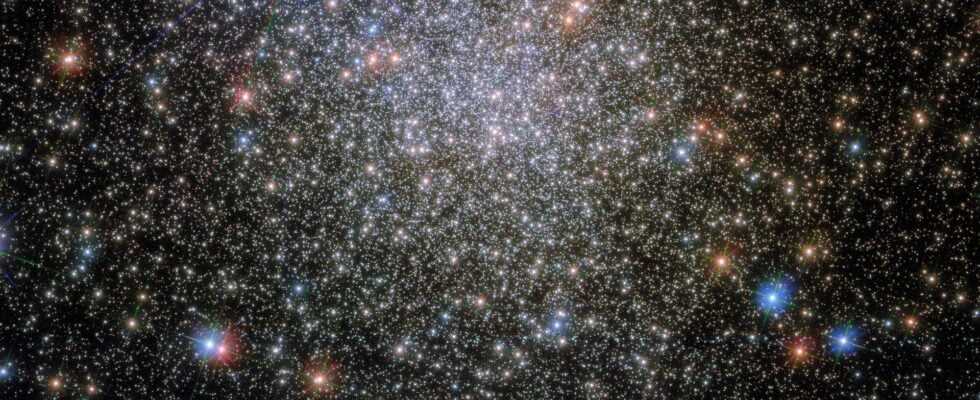In the observable universe there are around 4 times 1019 – or to put it another way: 40 trillion – black holes. This emerges from an estimate for which a group of astronomers simulated star formation and galaxy formation in the universe. From the frequency of certain star types and their life cycle, it can be determined how many of them must have become black holes at the end of their existence.
The team led by Alex Sicilia from the Scuola Internazionale Superiore di Studi Avanzati research facility in Trieste came to the above conclusion. The group around Sicilia looked specifically at the so-called stellar black holes. They form when single or binary stars, which are around three to a few hundred times more massive than our Sun, collapse at the end into a black hole. In addition, there are so-called supermassive black holes in space with a few million to billions of solar masses, which are located in the centers of galaxies. Sicilia and colleagues want to address their frequency in a follow-up paper.
Their current results have now been published in The Astrophysical Journal. The experts come to the conclusion that around one percent of the ordinary (“baryonic”) matter in the universe is in one of the many black holes. The most massive of the stellar black holes would form through dynamic processes in star clusters, Sicilia and team write.
The supermassive black holes also emerged from such comparatively small black holes a long time ago. Therefore, the investigation of their frequency and origin also helps to reconstruct the conditions in the young universe.
